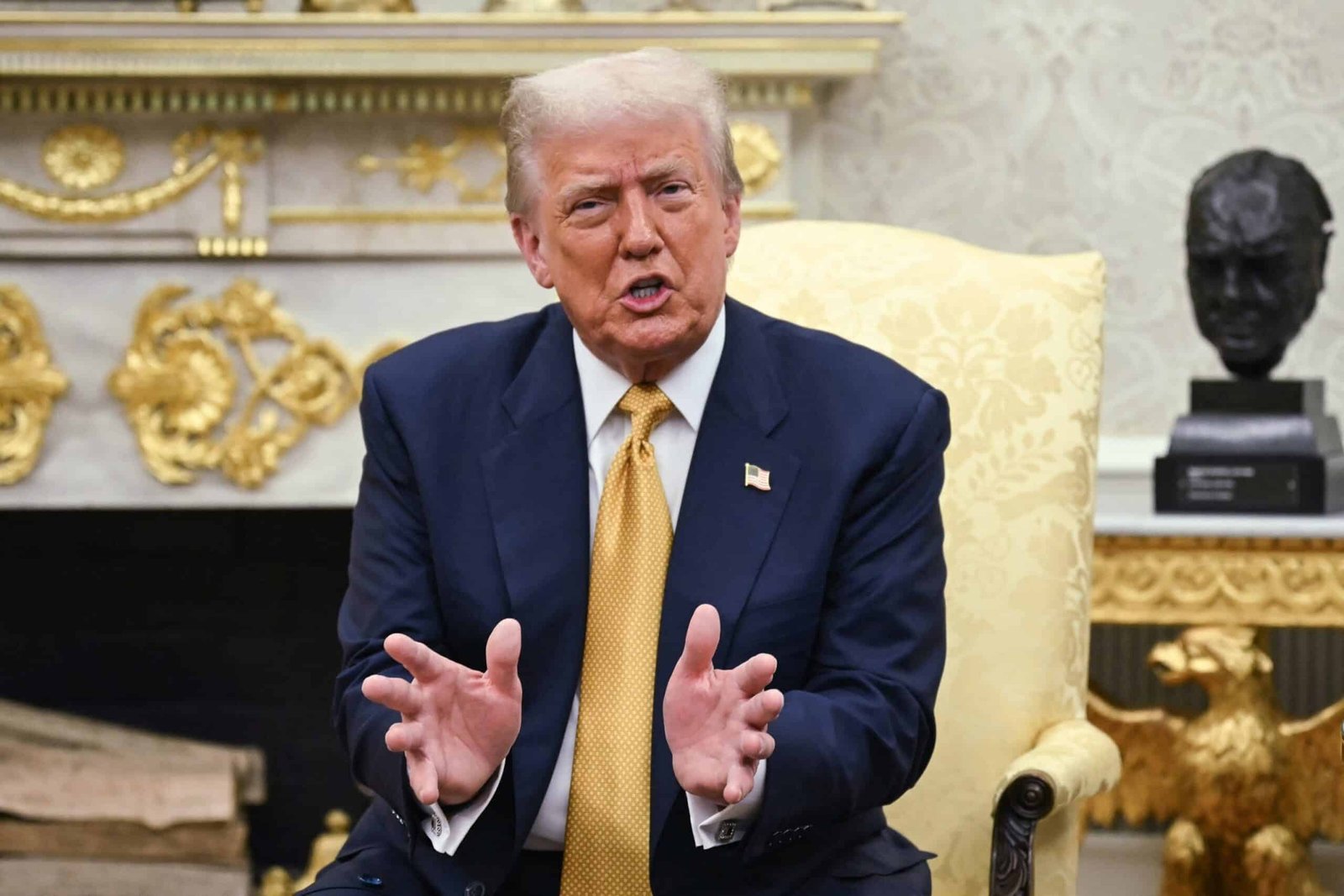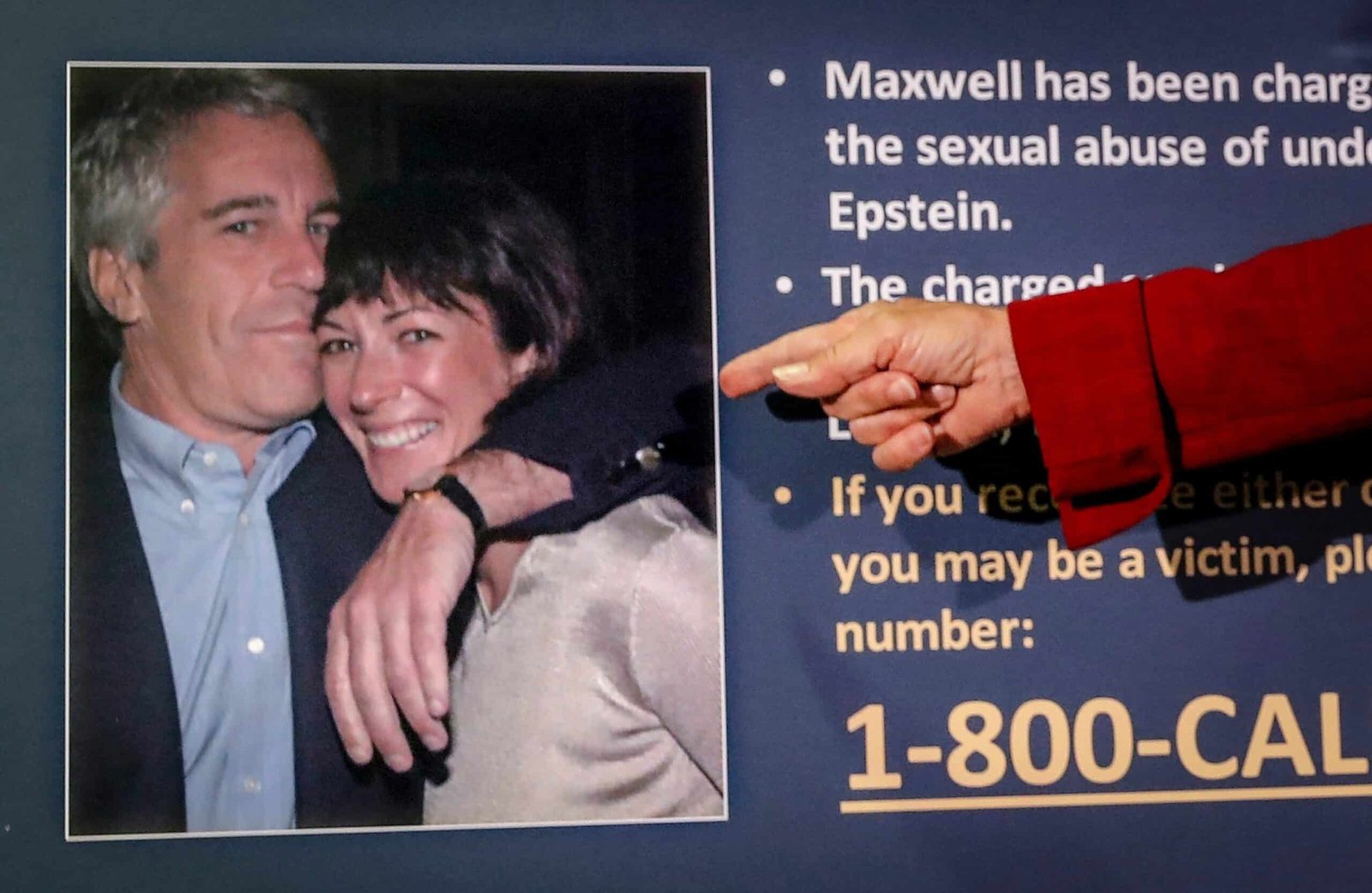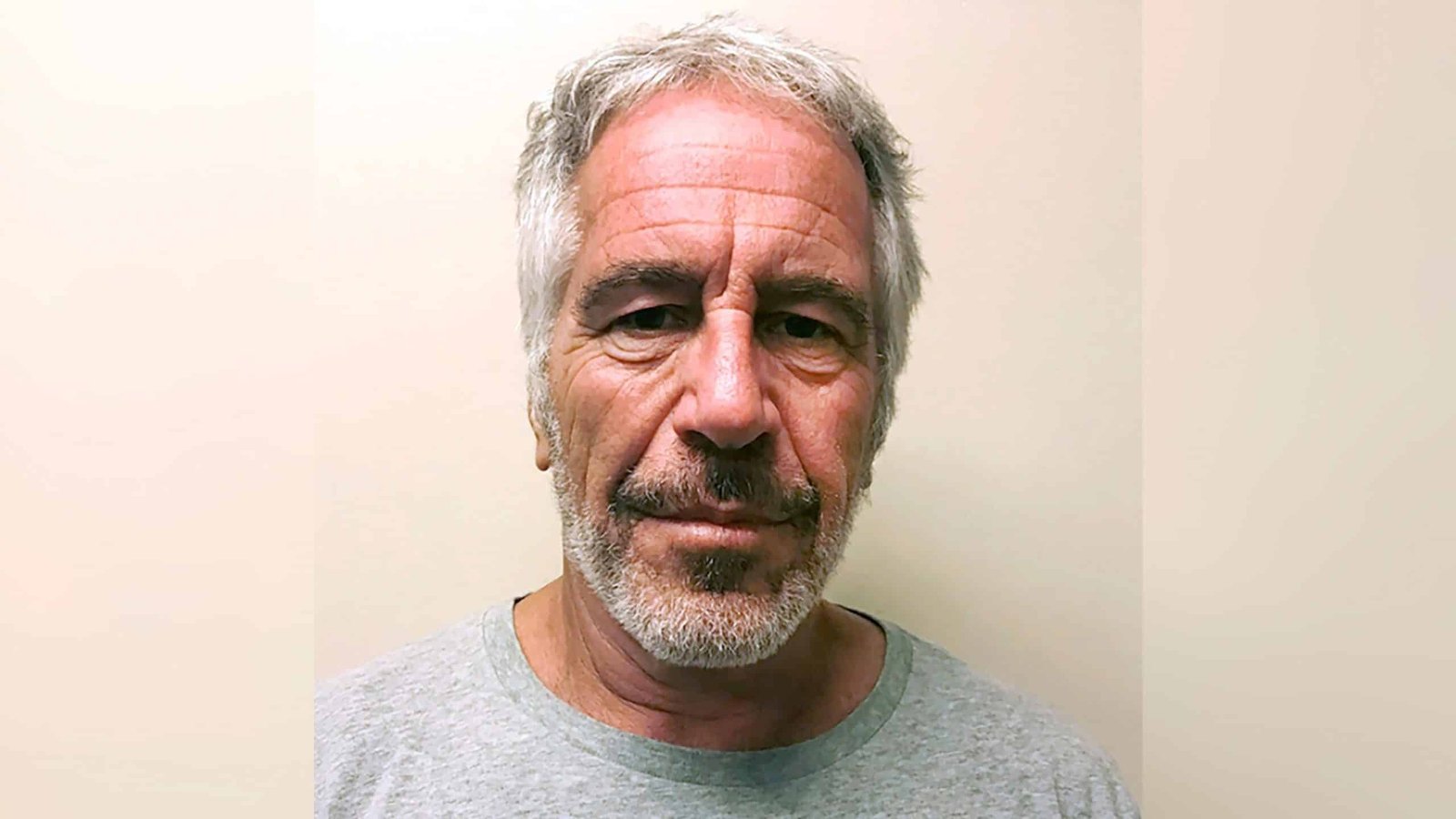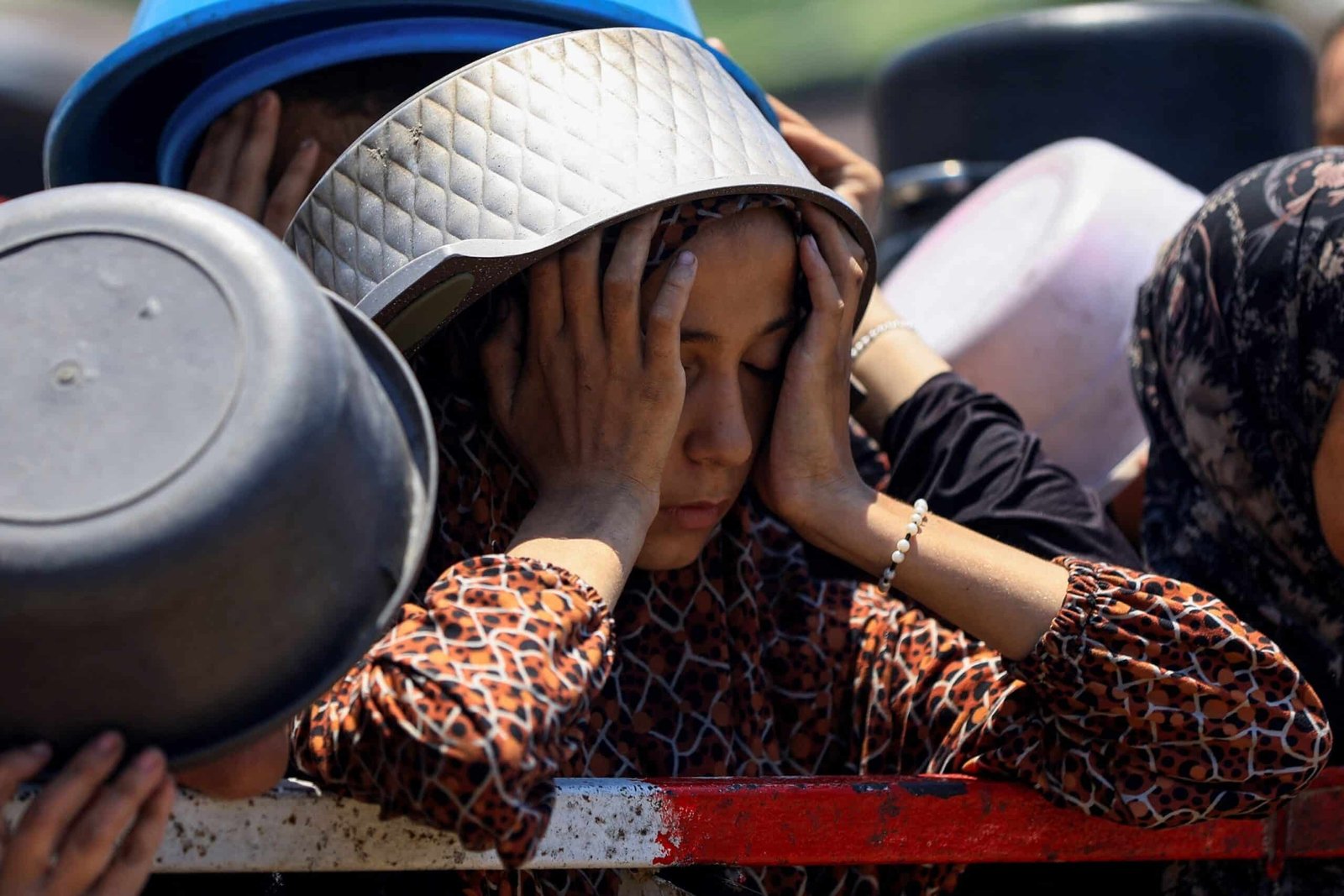President Donald Trump announced a commercial agreement with Japan on Tuesday, which makes it the largest US trade partner to negotiate an agreement since the White House threatens to impose tariffs on dozens of countries in a matter of days.
Before the agreement, Japan faced the perspective of a rate of 25% established to enter into force on August 1. On the other hand, the products of the fifth largest American commercial partner will be slapped with a 15%tariff, in exchange for a will on the part of Japan to import some goods, among other concessions.
In a publication on social networks on Tuesday night, Trump promoted the agreement as a “mass agreement.” The White House has not yet published complete details of the agreement.
Japanese Prime Minister Shigeru Ihiba also concluded the agreement. “With the national interests of both countries in mind, we were able to reach an agreement at this time,” said Ishiba.
The Japan Nikkei index increased 3.5% on Wednesday, while the main US rates. UU. They pushed slightly higher in early trade.
This is what you should know about what is in the commercial agreement and what comes next:
What is in the United States trade agreement with Japan?
The commercial agreement reduces the rate rate in Japanese products to 15%, which puts it below the threatened rate of 25%, but higher than a universal rate of 10%faced by almost all imports.
Even more, the United States agreed to establish a 15% tariff in Japanese cars, placing it below the 25% rate rate placed in vehicles imported from other nations.
Japan bought almost $ 80 billion in American products in 2024, while the United States bought around $ 148 billion in Japanese products, according to the Office of the United States Commerce RepresentativeA government agency.
Automobiles and car parts represented approximately $ 52 billion in imported Japanese products, which represents more than a third of the products purchased by the United States, according to government data.
Japan’s Toyota shares in Japan rose more than 13% on Wednesday, while Honda increased around 12%.
In exchange for the softening of American tariffs, Japan agreed to open its economy to imports of trucks, rice and other agricultural assets, Trump said.
Japan also agreed to invest $ 550 billion in the economy of the United States, Trump added, but the president did not specify how the funds would be spent.
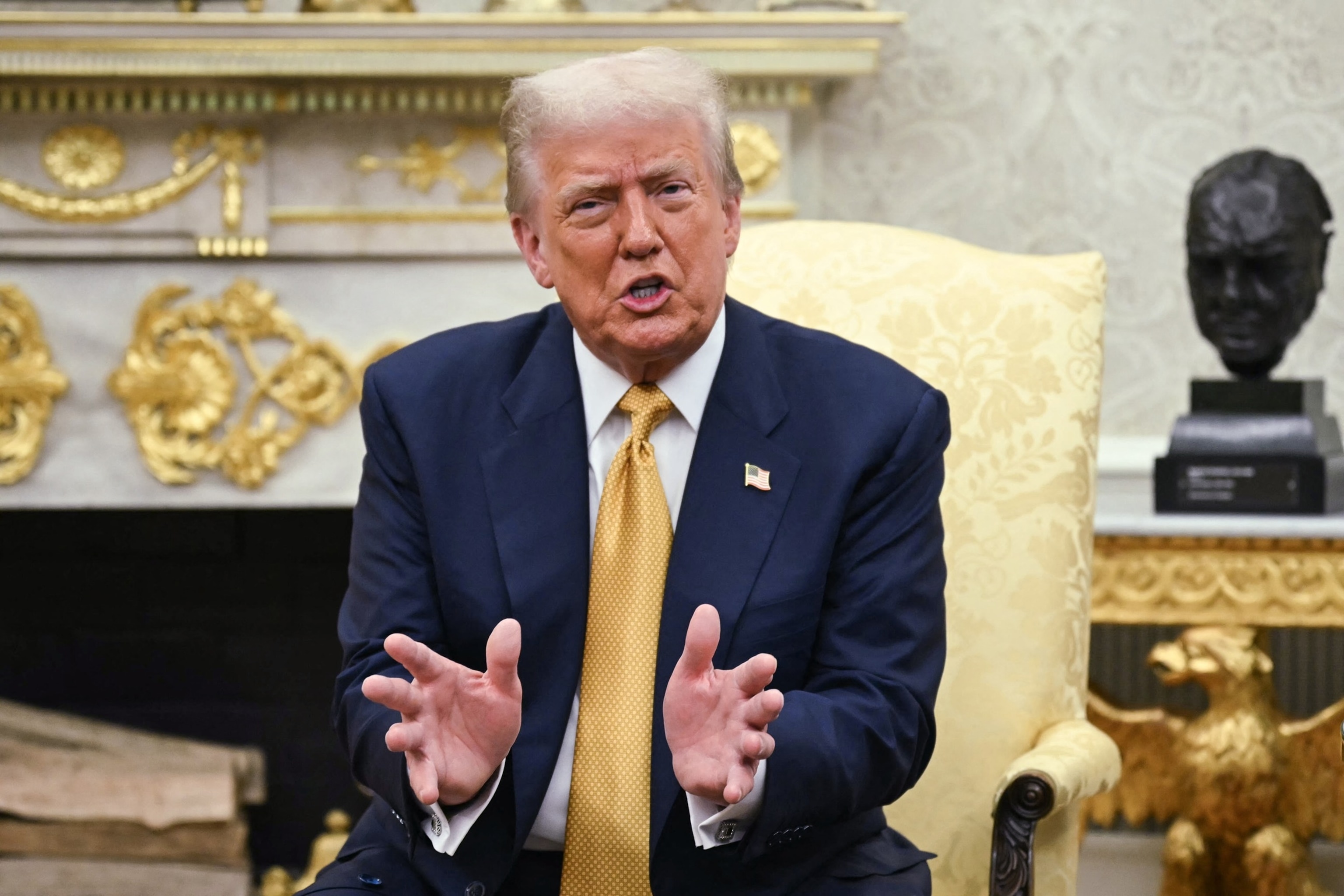
President Donald Trump offers comments during a meeting with the president of the Philippines, Ferdinand Marcos Jr., at the Oval Office of the White House, on July 22, 2025 in Washington.
Andrew Caballero-Reynolds/AFP through Getty Images
How many trade agreements has the White House achieved so far?
When Trump delayed the start of the so -called “reciprocal rates” in April, the White House promised to reach 90 commercial agreements in 90 days. Before that deadline passed, Trump proposed a burst of similar similar tariffs in the country with a new effect date on August 1.
Until now, Trump has negotiated agreements with the United Kingdom, Indonesia, Vietnam, the Philippines and Japan. The White House also reached a preliminary agreement with China that reduced Tit-For-OT rates previously imposed by the two largest economies in the world.
For his part, the president has insisted that the levies were again, again, constitute a key part of his negotiation strategy.
“The president and his commercial team want to reduce the best offers for the American people and the US worker,” said the White House Secretary, Karoline Leavitt, last month when he announced the deadline on August 1.
Price increases could hit coffee, shoes, appliances and a variety of other products if additional tariffs enter into force on August 1, analysts previously said to ABC News.

